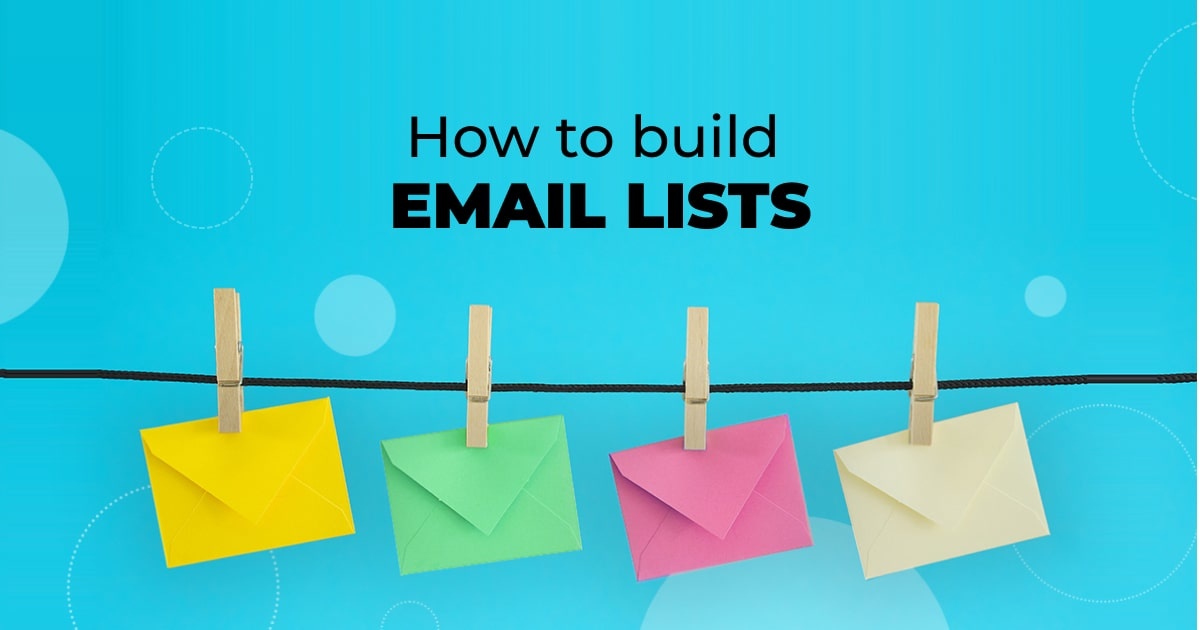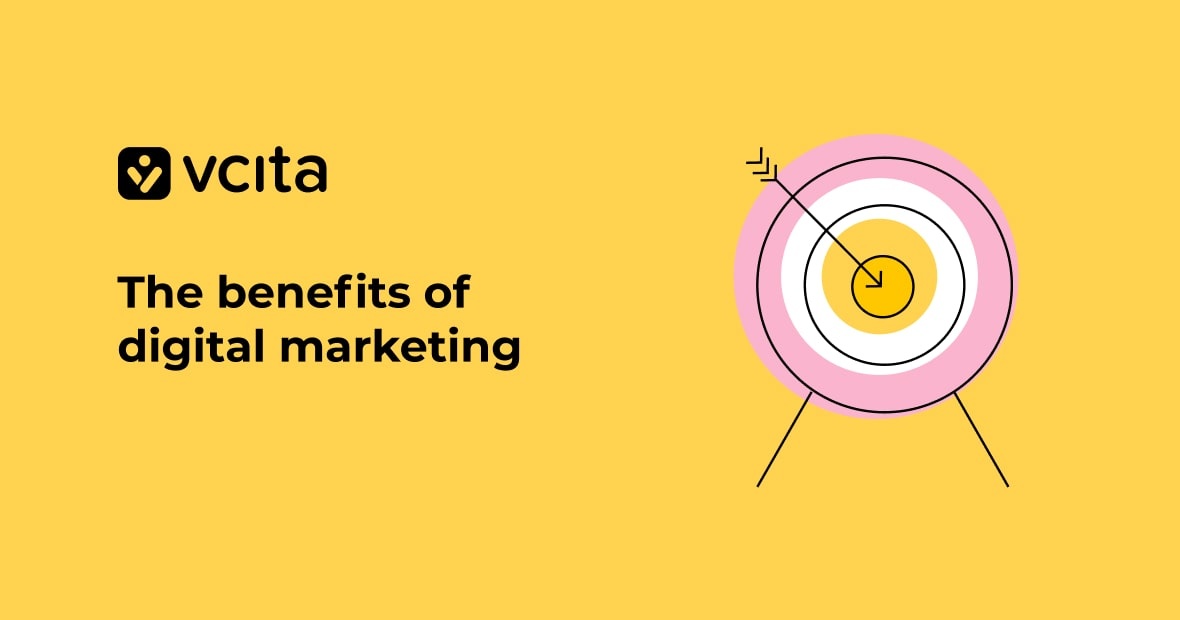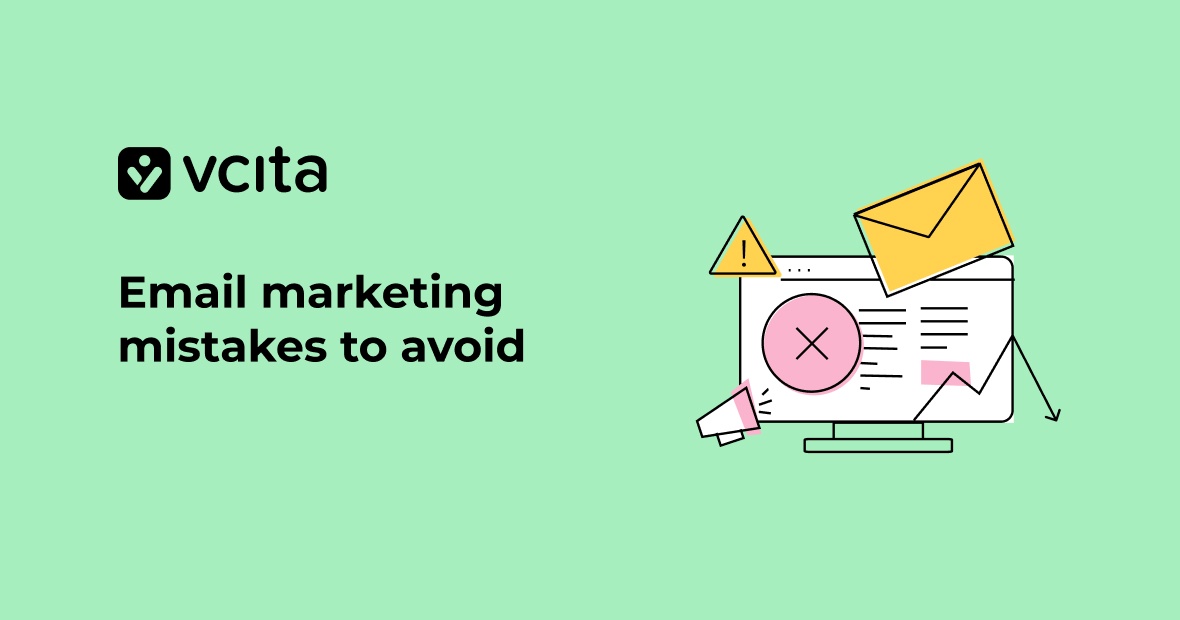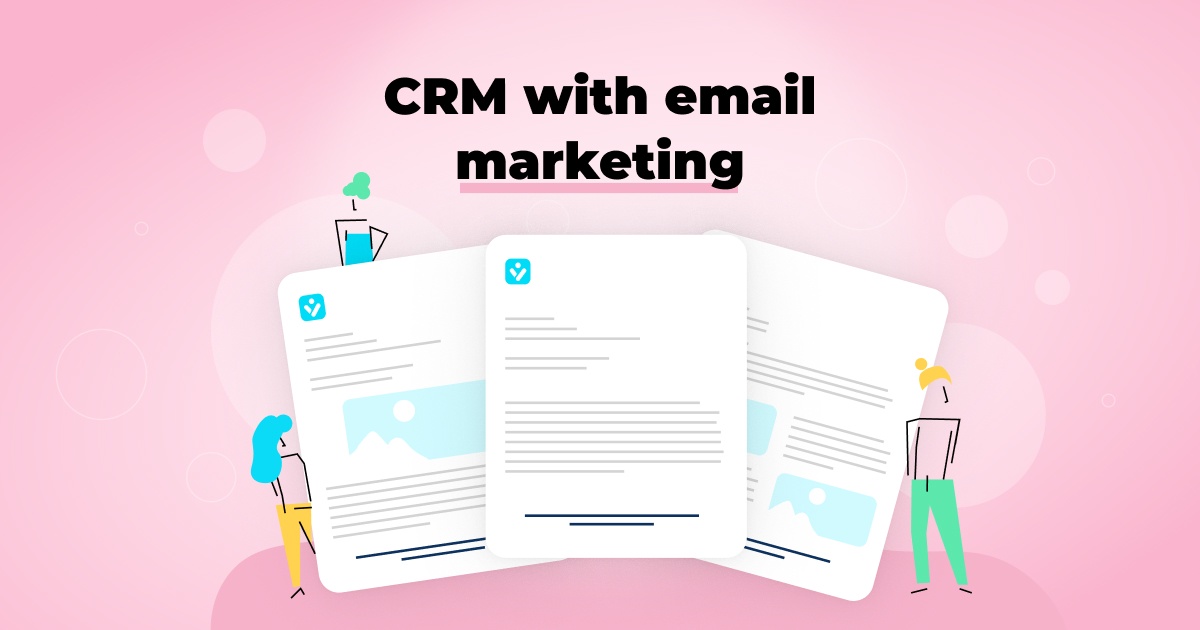Email list building is a tried-and-tested marketing tactic – especially for small businesses. When people provide their email addresses willingly, they’re telling you they’re interested in what you have to offer.
Communicating with your audience via email is not only cost-effective but also flexible, as it lets you send the right type of information to the right group. That said, learning how to build an email list and getting the most out of it can be tricky.
In this article, we look at some strategies that will help you decide how to create a mailing list from scratch. We also discuss why it’s worth creating one and how you can go about it even if you don’t have a website.
Why you should build an email list
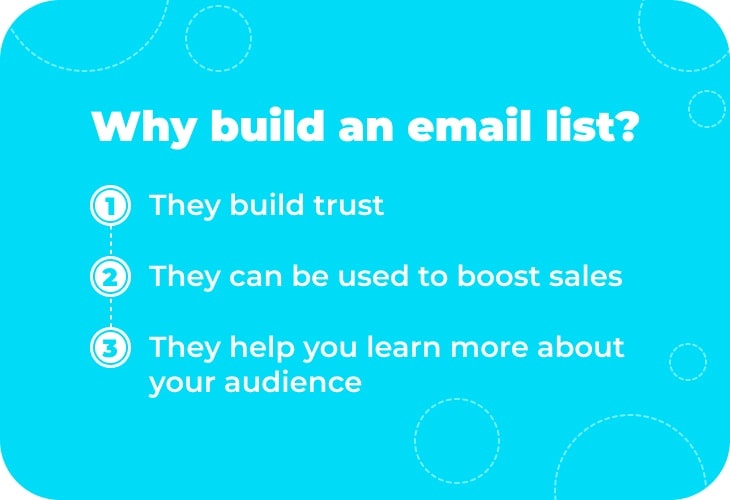
Businesses use email lists for a variety of purposes – to share product and service updates, company announcements, blog posts, promo codes, and more. Generally, people on these lists represent an existing and/or potential client base, who are more likely to react to your communication than total strangers.
Here are just a few of the reasons why you should create a mailing list:
They build trust
Email lists legitimize your brand and foster trust. They help you convert leads into customers unobtrusively, by sharing your expertise and adding value to their lives. Plus, since small businesses are often associated with you and your team, the messages might seem more ‘humane’ than newsletters from corporate brands.
In fact, almost two-thirds (64%) of all small businesses run a newsletter, making it the second most popular communication medium for SMEs, right after Facebook (69%).
They can be used to boost sales
Email is one of the best ways to engage with both new and existing customers. From using promo codes that offer discounts to giving early access to new services or products, email is ideal for hiking sales numbers.
They help you to learn more about your audience
Emails primarily provide an effective outbound information dissemination channel. But looking into email performance insights and behavior stats can be priceless. Most email marketing tools offer valuable performance metrics like open rates, click-through information, and forwarding data. They also let you run A/B tests. In essence, you can send out two versions of an email to two subscriber groups, and check which one performed better.
You can use this information not only to refine your email marketing strategy but also to understand your customers better and adjust your offer.
Email list building strategies
There are plenty of ways you can roll out an email list building campaign. In fact, you probably have a couple of emails on file already that can give you a kickstart!
Remember – good email list building strategies involve optimizing your investment by minimizing cost and optimizing your reach.
Here are some of the most effective approaches that can help you do that.
Incentivize your audience
This should be your number one principle, regardless of where you’re planning to reach your target group. Tell people what they will get in return for signing up.
Is it access to exclusive deals or industry news? Or, maybe, they’ve just read the first chapter of your eBook and can unlock access to the rest by subscribing to your email list? Write down any asset or reason that might appeal to your audience.
Better yet, address any concerns they might have. For example, telling them you’ll never share their details with other companies or that you’ll only send two emails a month.
Once they’ve subscribed, remember to always deliver on your promise. Otherwise, you run the risk of people opting out or marking your emails as spam, sinking your efforts to create a mailing list you can rely on.
Use signup forms on high-traffic sites
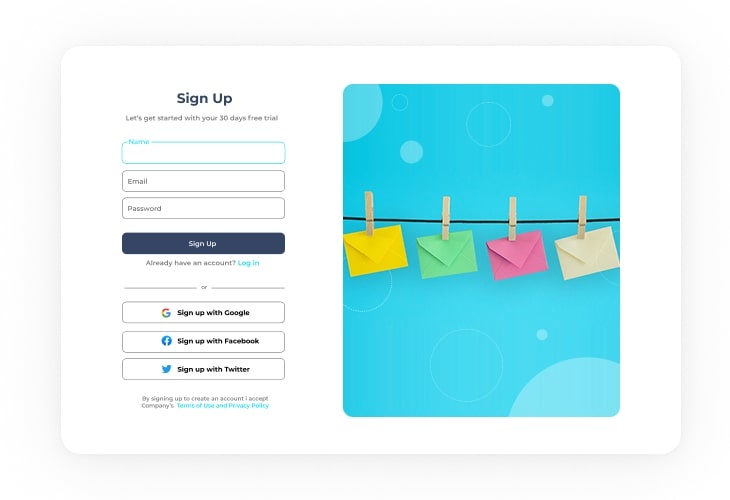
Small business websites with large traffic volumes are perfect for building email lists. The good old signup form is a great way to get people to subscribe quickly.
Many site builders provide signup form templates you can easily embed on your website. They work best on high-traffic pages, where you can place them in between sections, as well as in page footers and sidebars.
If you publish content on your website, it’s also a good idea to break up content with a few signup forms. If the customer likes what they’re reading, they’re likely to subscribe!
They are effective for building an email list because they don’t intrude on the visitor’s experience. People can continue scrolling if they’re not interested in subscribing, while those who are, only need to punch in their email address.
Use pop-ups wisely
Pop-ups were once the bane of the internet, and pop-up blockers are everywhere. Today, however, we’ve learned to use them to add value to customers’ lives, including – you’ve guessed it – to encourage people to subscribe to email lists.
Some of the most common pop-up options you can find in lead capture software include:
- Timed pop-ups, which remind people to do something after spending a predetermined amount of time on a page.
- Exit intent pop-ups, which ask them to confirm their intent to leave a page (for example, for cart abandonment).
- Promotional pop-ups, used to inform people of promotions, events, or special offers.
Pop-ups can assist your audience, directing them to a CTA that might be of interest (like signing up for a newsletter or receiving re-stock alerts). Remember to consider the reason a visitor is on the exact page in the first place and use pop-ups accordingly.
Create customer segments
Segmenting your customers means categorizing them into groups based on shared characteristics and/or behavior. Additionally, you can use tools like ZoomInfo or alternatives to enrich your existing email list with new data. The larger your email base becomes, the more sense it might make to create separate, smaller lists.
You might be wondering – what kinds of segments can you create? Here are some ideas:
- Customers vs. leads
- Segment your leads by source (where they came from – ads, coupons, etc.)
- Old customers vs. new customers
- People who open emails that feature promo codes and limited-time offers.
- Subscribers who open emails in the morning versus evening.
- Readers whom you can target with localized content (for example, July 4th-themed emails for those in the US vs July 14th content in France).
How to build an email list without a website
What if you don’t have a website for your small business? The good news is you can still build and benefit from email lists. Here’s how.
Make the most of your social media following
How many followers and connections do you have on your social channels? Boost your list building by adding easy-to-find signup buttons to your pages. Also, encourage your network to sign up – let them know they’re in for a lot of valuable information.
Use third-party channels for exposure
Some ideas? Join an expert topic panel, guest blog on other sites, or come on podcasts popular among your target audience. The more reach you can get, the more recognition you’ll earn, and the more likely people will be to sign up. You can also explore tools like an email finder, which can help you find verified email addresses using a prospect’s name and company domain, ideal for personalized outreach when you don’t have a website or direct contact form.
Print out offline signup sheets
Traditional signup sheets placed in-store or taken to events are ideal for gathering email addresses. Let your customers know why you want their contact details, and give them a reason to share their email addresses with you. For example, if they met you at an industry fair, you can promise to send over a special promo code or a freebie.
Getting the most out of your email lists
When you reach customers and leads via email, you’re able to provide them with a level of detail that most marketing mediums simply can’t offer. Lists help your small business build trust and authority and are great for boosting sales without relying on third-party channels. They’re also very cost-effective – especially if you use the right marketing tools.
There are plenty of email list building strategies you can experiment with – we’re certain you’ll find a setup that works best for your niche.
Good luck and happy list-building!
























